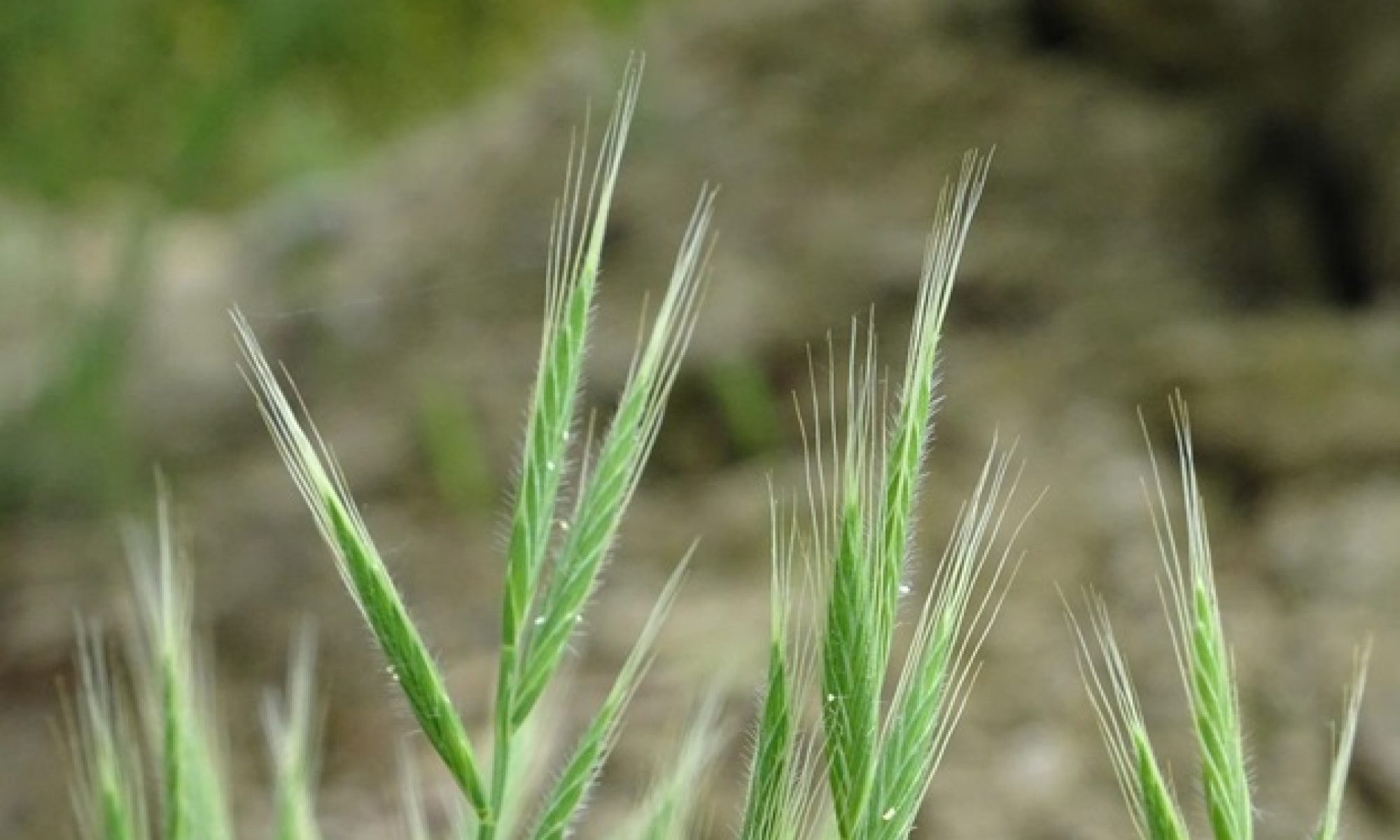University of Florida
Polyploidy as integrator across levels of biological organization: from cells to ecosystems
Polyploidy, or whole-genome duplication (WGD), has long been recognized as an important speciation mechanism in plants. However, WGD has biological effects that extend far beyond the generation of new species. WGD is a key integrator across levels of biological organization, with effects that range from the molecular and subcellular levels to those of the ecosystem and Tree of Life. The immediate impact of WGD is duplication of all nuclear genetic material, but over time, the component subgenomes become fractionated to yield a composite of duplicated and unduplicated loci. This loss of duplicate genes can begin to occur surprisingly quickly, in perhaps only a few generations. Through gene loss and shifts in gene expression, polyploid individuals originating from a single polyploidization event may become genetically and phenotypically unique, together forming a morphologically, physiologically, and/or ecologically polymorphic population, in contrast to classical views of allopolyploids as genetically identical and chromosomally fixed F1 hybrids. This array of genetic and phenotypic novelty may provide new variants that can potentially drive evolution in new directions, with consequences for the tempo of diversification at macroevolutionary scales. Case studies in grasses (Poaceae) and Tragopogon (Compositae) will illustrate patterns of duplicate gene loss and shifts in gene expression in synthetic and natural allopolyploids of recent origin. On longer timescales, signatures of ancient WGDs across angiosperms are often associated with accelerated rates of species diversification, suggesting a causal role of WGD in the diversification of these clades. Although statistical support for co-localized WGD events and diversification rate shifts is low across all angiosperms, many individual WGDs appear to be associated with the origins of novel features and increased diversification, suggesting that features that arise via microevolutionary processes may translate into key innovations on macroevolutionary timescales.

